Frame to Frame
Fantasia’s Highs and Lows
Marianne (Filip Tegstedt)
Fantasia’s Creepy Sleeper Hit
Amidst the big names like Kevin Smith and Guillermo Del Toro and the usual gore-infested outlandish genre films that pump the adrenaline of Fantasia fans, it’s easy to understand why first time director Filip Tegstedt would feel a little nervous before his debut feature, Marianne, premiered for the very first time to a public audience.
Unlike many horror films showcased this year, Marianne employs a subtle and gradual method rather than shock and gore to make your skin crawl, and this proves to be the film’s biggest strength.
Krister (an excellent Thomas Hedengran) is a grieving widower, left with his two daughters after a bizarre car accident ends his wife’s life. He is estranged from his teenage daughter Sandra (Sandra Larsson), who is still harboring resentment at his past infidelity, and finds a lacking companionship with his infant daughter. A grandmother who never seemed to like him, Sandra’s older boyfriend Stiff who cruises on his moped and hangs out with high school kids and his ex-lover Marianne who doesn’t want to leave him alone surround Krister as he tries to silently mourn.
His grieving process, however, seems to manifest to something far more malevolent as an inexplicable feeling of guilt materializes into nightmarish visions during his sleepless nights. His psychologist Sven (Peter Storemare) calls it sleep paralysis, where his internal and external worlds clash. Cue the creepy.
http://killerbabytomatoes.files.wordpress.com/2011/08/marianne.jpg
For a debut feature Marianne is extremely impressive. Barring a few odd musical cues that pull you out of the film’s world, Tegstedt weaves together a rock solid contemporary tale of family dysfunction and a man’s guilty burden into a genuinely frightening psychological horror film. What’s perhaps more impressive is that he manages to incorporate the setting, with its surrounding woods and unending twilight hours as the perfect backdrop for a gothic terror tale, adding the small town’s folktales of ghouls and mares into the mix.
It’s not all dysfunction, guilt and terror however. There are moments of true poignancy between the father and daughter, and some truly hilarious scenes with Stiff who becomes Krister’s unlikely confidant, putting his interest in folklore to good use. An “exorcism” scene in particular builds from awkward, to disturbing, to hilarious in wonderfully paced rhythm.
With a strong cast of local and independent actors, not to mention internationally renowned actor Peter Storemare (Fargo, The Big Lebowski) brilliantly cast as Krister’s psychologist, inspiring use of location and a terrific climax, Marianne creeps up on you and lingers in the cerebrum long after it’s done.
The mare that haunts Krister’s subconscious is the stuff real nightmares are made of and on top of that, she’ll ensure you never think of green stilettos in the same way again. Mr. Tegstedt’s nerves should be settling by now because if any movie at this year’s Fantasia Festival has “sleeper hit” written all over it, it’s Marianne.
EXIT (Martyn Pedler & Marek Poglar)
Little More Than an Ironic Title
So I’m sitting in the theater getting ready for my mind to get bent by this promising existential film about a group of characters trapped in a maze, forever looking for the exit. Simon, the man behind the selection for “Camera Lucida” features at Fantasia, calls the film a ‘marvel,’ with terrific performances, concept and cinematography, before presenting its creators.
The writing-directing Aussie duo (Martyn Pedler and Marek Poglar respectively) present the film, saying that it took them five (!) years to complete it, and in fact will be watching it with us for the very first time (they completed it one week before Fantasia started, a fact that should have had alarm bells already ringing). Hopes are as high as ever when the bizarre Rosemary’s Baby_-meets-_The Omen short paves the way for Exit.
My goodness how those hopes can sometimes vanish in an instant! Right about the point where Alice (Kylie Trounson), the film’s main protagonist, turns to the camera and talks to the audience about the mystery of what lies behind the “doors,” the seed of discomfort and annoyance is planted.
Rather than killing it off quickly, the film grudged along and this seed only grew. By the end of it, a full-blown tree of frustration looms over any ambition and potential this project had in the first place.
Alice is the main character we follow as she looks for clues and answers in order to escape THE MAZE. She meets a couple, Simon and Grace (Michael Finney and Hannah Moore), who also seek answers, in ways that seem to be breaking them apart. She gets some face-time with the city’s wealthiest man John (David Kemp), which is apparently very hard to do as he really values speech (for some philosophically-deep reason), who toys with her by saying he will give her the key of the door she believes to be the exit, for $10,000 dollars.
Other characters, such as the very obviously evil looking Tom (David Whiteley), drop from the sky into the plot. In the meantime, most of these people keep breaking the 4th wall and talking to the audience, uttering pretentious phrases that have little to no meaning or weight to them.
http://killerbabytomatoes.files.wordpress.com/2011/08/exit.jpg
The film is full of scenes where a character knows or does something and the person they are conversing with is left in the dark. Lines such as ‘I don’t get it,’ ‘I don’t understand’ and ‘what’s going on’ are all over the place and it seems that Polgar and Pedler are re-enforcing the idea of the audience forming their own meaning.
When done well, this method can be truly rewarding (watch any Tarkovsky or Kubrick film for examples) but when you have a paper-thin plot with emotionless characters (awful performances Simon!) and you spend more time doing “cool-looking” effects with the camera focus than giving dimension to those characters, you’re left with a very empty film.
Sure, the cinematography and mise-en-scene really is nice at times; the tone and atmosphere of a bleak, heartless society is depicted well enough. Unfortunately, all of that gets lost due to the lack of character development and the “pay careful attention because this is really important” attitude almost every frame has.
The questions are endless. Who is Tom and how does he know Alice? Why is John asking for money and then, all of a sudden, not asking for it? How is Alice a world-class mathematician? Do we care about Simon and Grace at all? Do we care about anything in this movie while our own theater’s “Exit” signs become more and more enticing? The characters are trying to involve us in the story, so I guess we must care. Sadly, in this writer’s humble opinion, that’s too big of a stretch.
Hopefully the five years for Pedler and Polgar was not a complete waste, as even projects such as these can be a learning experience. Who knows? Maybe I’ve got it completely twisted and this is another Cube or Dark City. I seriously doubt it, but if you really want to see for yourself, you can catch it today at 7:30PM or most probably online very soon.
Don’t Be Afraid of the Dark (Troy Nixey)
Not Really a Big Challenge
No doubt one of the hottest tickets at Fantasia this year was the Guillermo Del Toro produced and co-written Don’t Be Afraid of the Dark. Let’s get something out of the way: Del Toro’s presence was sorely missed. The video he made for the apology was hilarious, but bittersweet because it just reminded us how awesome it would have been had he had made it there in person. Anyways, now that’s off my chest, let’s talk classic-modern hybrid horror films.
Don’t Be Afraid stars Katie Holmes and Guy Pearce as Kim and Alex, a couple living in an old Victorian-style mansion for eventual profit. The house, though gorgeous, has its demons, as a pre-credit sequence shows previous owner Mr. Blackwood sacrificing his maid’s teeth to get his son back from the creatures that took him.
Years pass and now Alex and Kim, architect and interior designer respectively, feel the house has true value. Plus, all the fame they’ll get in the architectural circles is nothing to throw a protractor at. However, things take a dark turn as Alex’s young daughter Sally (Bailee Madison) becomes the latest victim for the starving creatures of the house.
This film has Del Toro’s fantasy-horror handwriting all over it. It’s a remake of a film that only die-hard fans of the genre would have seen, and it puts a spin on the classic haunted house genre by marrying two classic ideas together: demonic creatures and the children-as-food notion. Del Toro’s experience comes into play especially with the former as fans of Pan’s Labyrinth and Hellboy will know this guy’s good with creatures. Beyond the great sounding concept, however, the movie falls a little short of the mark.
http://killerbabytomatoes.files.wordpress.com/2011/08/dark_katie.jpg
Trying to create a genuinely scary movie today with the use of mystical creatures that look like baby Orcs is a daunting task. Though Holmes and Pearce do what they can, their performances are average at best because their characters are far too familiar: the absent, workaholic father and the girlfriend who tries to fit in with the daughter.
Madison is the star of the show as the little actress shows all kinds of range: annoying brat, lonely child, frightened victim … she does it all and steals every scene she’s in. All modern horror conventions are in here, such as characters doing things everyone in the theatre knows they’re not supposed to, and the creatures getting smarter and smarter as we near the end.
Canadian director Troy Nixey made his feature debut with this movie and it’s clear that Del Toro’s producing and co-writing credit is more support than passion for the project. The whispering conversations that the little creatures have induce more laughter than creepiness, but thanks to great production value (specifically, the sound editing: watching this movie without surround sound would be like eating an Oreo cookie without the filling) and some solid acting from Madison, there are great moments of tension and fright.
Though it’s obvious that the creators had a blast making it, today’s audience is too smart for this movie to become an immediate hit. Somewhere down the line, with its campy villains, odd humor and the blending of the bizarre and terrifying, it may however very well find its niche audience and gain the status of “cult film.”
On a final note, a few words need to be said about the outstanding short movie that preceded the main feature. The Dungeon Master is about a group of adult nerds who decide to role-play with swords instead of party with girls, and they invite a guy who takes his role a smidge too seriously. From beginning to end this short is absolutely hilarious and practically had the audience on their feet when it finished with an incredible twist. For fans of fantasy, comedy and just great short storytelling, The Dungeon Master most likely rivals many of the full-length features shown at Fantasia.
13 Assassins (Takashi Miike)
Chunks of Awesome With Every Swing
Takashi Miike is one of those rare film directors that, like Woody Allen today and R.W. Fassbinder before, works at superhuman speed. Since 1991 he is credited with over 70 productions for film, TV and theatre, and with speed more robotic than human one thing’s for sure: not every film will be a masterpiece. Miike’s massive output also allows him to hop and skip around all kinds of genres, adding a bit of excitement at his premieres because you never quite know what to expect.
With that said, there are a few Miike signatures in most of his movies, and aspects of his filmmaking that keep feeding his ever-growing fanbase. One of these is definitely gratuitous violence. Those who’ve seen or even heard about one of his most popular films, Ichi the Killer, know that he can make Tarantino’s films look PG-13 in comparison. With one of his latest efforts, 13 Assassins, his signature sparkles through like the clean steel on a bloodied katana.
The story is set during Japan’s Shogunate period of the early 1800s, where the word of the Shogun was almost equal to the word of God. This was the time where the code of the samurai was at the height of its respect, and one’s fate rested in the hands of high powers. For most samurai this higher power was the Shogun himself, and when a new relative emerges in the form of Lord Naritsugu (Gorô Inagaki), he is untouchable.
Too bad for the whole of Japan because Naritsugu is sadistic evil reincarnate as he kills, rapes, maims and tortures like you do your laundry. After some clear heads prevail, senior official Doi (Mikijiro Hira) enlists renegade samurai Shinzaemon (Kôji Yakusho) to assassinate the Lord at any cost. Together with 11 trusted samurai, Shinzaemon sets the plan, and the second half offers what could be the most entertaining hour of cinema experienced at this year’s Fantasia.
http://killerbabytomatoes.files.wordpress.com/2011/08/13ass.jpg
With the veteran that Miike is, he probably creates half this stuff with his eyes closed but the results are no less impressive. Not only is the violence handled with a patient pace, starting with the opening scene of the slow suicide of a highly ranked samurai and ending in “total massacre,” but its technically savvy sound effects make off screen decapitations and organ spillage sound all the more real. You hear every bone cut and every ligament torn but Miike is smart not to make the violence too cartoony as he has been prone to do in the past.
The cast of characters is as colourful as you’d imagine. Notable ones include Shinzaemon himself with wisdom and justice beaming through every stare, and Kiga Koyata (Yûsuke Iseya) who is a mountain-hunter picked up on the way and made the 13th assassin. Koyata is perhaps the best of them all, with his savagery and frankness reminding us of Toshiro Mifune’s samurais. If the film had one major flaw it would be in the character of Lord Naritsugu who, in my opinion, is weakened by the fact that he’s evil for evil’s sake and practically has a death wish, only showing emotion at the very end when it becomes too late. No one wants to see their villains actually enjoy losing.
Shocking, violent, horrific, tragic and truly hilarious at times, 13 Assassins has it all and it’s no wonder it received the Audience Award for Best Asian film at this year’s festival (tied with Cold Fish). No matter how entertaining, underneath all the blood is a clear message that Miike is sending out. While we cheer and clap when burning men get split in half, we are reminded at the end that Japan’s samurais, glorified in history, in fact led miserable lives with absolutely no control over their own fates. A simpler life where you get to play a role in your own destiny is far more admirable than the flashier but more stressful and limited one you live as a samurai. I doubt anyone would argue against hearing this message repeated, if it’s told through captivating cinema like this.
13 Assassins is available on DVD and Blu-Ray.
The Phantom of the Opera (Rupert Julian)
Classic Images and Live Score Create Perfect Fantasia Experience
The Fantasia International Film Festival has found a brilliant way to close the curtains on yet another successful year. Like last year, it was experiencing a piece of cinema history in a truly unique way while still remaining true to its genre-loving and cult-creating nature. Audiences were privileged with a restored version of Fritz Lang’s seminal Metropolis in 2010 (to this day I’m having a hard time getting over the fact that I missed it) and this year it was another silent gem of equal influence and importance, probably even moreso in Fantasia’s favorite genre, horror.
The Phantom of the Opera has been re-incarnated on the screen, stage and page dozens of times and next to Nosferatu, Dr. Jekyll and Mr. Hyde and Frankenstein remains one of the most important horror films ever produced. The ‘ole “original is best” mantra exists for a reason and you’d have a hard time arguing that with this 1925 version of the classic.
By now, the story is so popular in our culture that babies probably get born knowing about the tale of Erik (irreplaceable Lon Chaney) who lives his sordid life as the ghastly Phantom, deep underground, underneath the illustrious Paris Opera House. His obsession with Opera singer Christine Daae (Mary Philbin), puts the story in motion as he manages to kidnap her one night and profess his love to her, believing that she will be his redemption.
Of course, things aren’t so simple. For one, his face is a hideous disfigurement. He hides it with a mask that is, in my opinion, even more terrifying (if you have a similar fear of porcelain dolls, be ready to get freaked out). Christine, being the damsel in distress that she is, also has a high-class lover in Vicomte Raoul de Chagny (Norman Kerry) who will like nothing more than to marry her and dispatch of any Phantoms in his way.
http://cinemasights.files.wordpress.com/2011/07/phantomoftheopera1925-earlycolor.jpg
The reward of watching The Phantom at Fantasia this year was two-fold: seeing the best cinematic rendition of this story, including an extremely rare, hand-painted color montage featuring the Phantom dressed in what could be one of cinema’s greatest Halloween costumes. And, just like last year’s Metropolis, watching it while the movie’s score is completely and originally re-enacted live by an orchestra (conducted by Gabriel Thibaudeau) and soprano.
The fact that this film is perfect to be watched with a live score is only icing on the cake. Classic moments such as Christine revealing Erik’s true face for the first time, de Chagny and inspector Ledoux searching for the Phantom’s hide-out with one arm raised to eye level because “the strangler’s noose coils quick!”, the Phantom’s dispatching of a “caller” and the chandelier crashing down in the Opera house are all the more powerful, terrifying and hilarious at just the right moments. Not to mention that applauding the orchestra and soprano as the on-screen audience applauds theirs is just as surreal and wonderful as it sounds.
A cult film of its time that became a genre staple and still manages to be relevant today with its themes of possessive love, outcasts and mankind’s capacity for mass hysteria caps off Fantasia’s 2011 run with class and gusto. After experiencing a silent film like this, it’s hard to imagine watching them any other way. Until modern technology progresses to the point where having a live orchestra in your room can be truly recreated, these opportunities are once-in-a-blue moon occasions that should not be missed. While Erik’s almighty “Don Juan Triumphant” still rings crystal clear in the collective memory, we can only wait patiently for what’s in store next year.
_(In the meantime, the full length version of The Phantom of the Opera (1925) is available on YouTube)

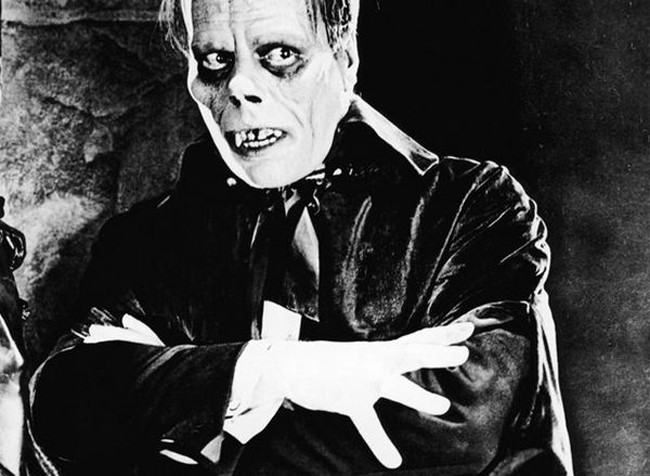
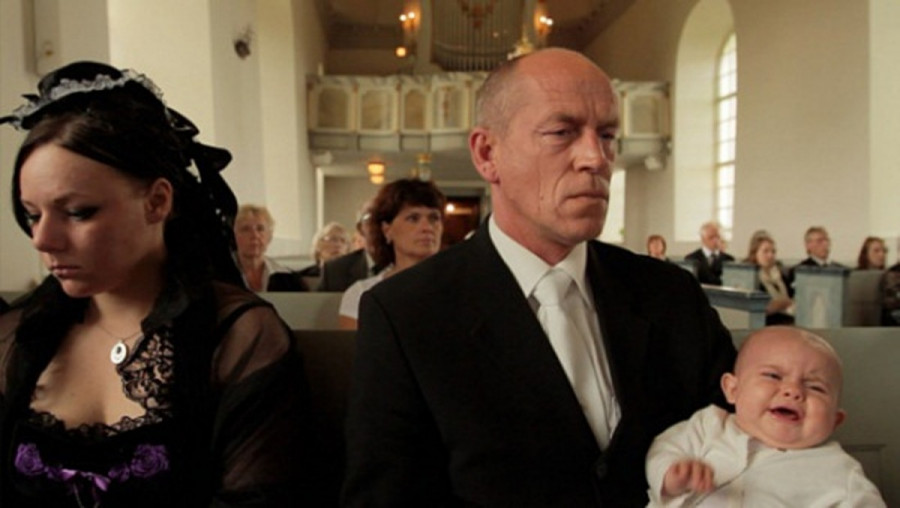
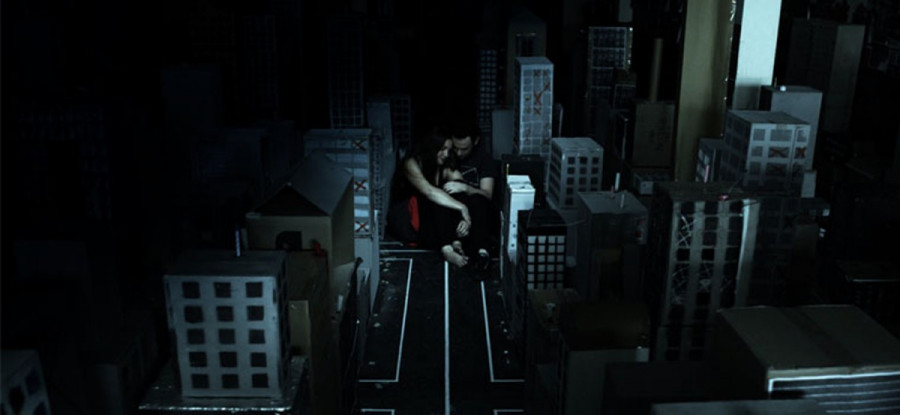
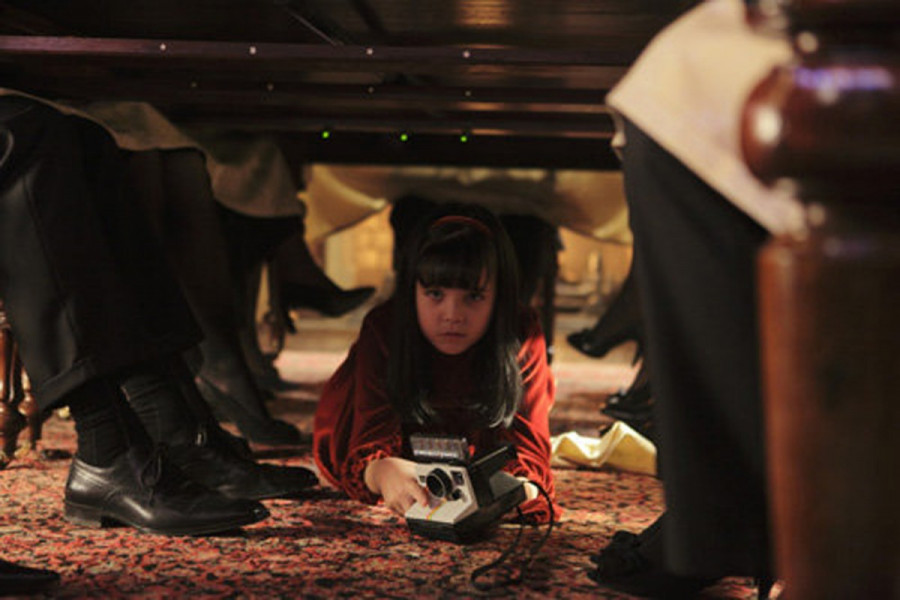
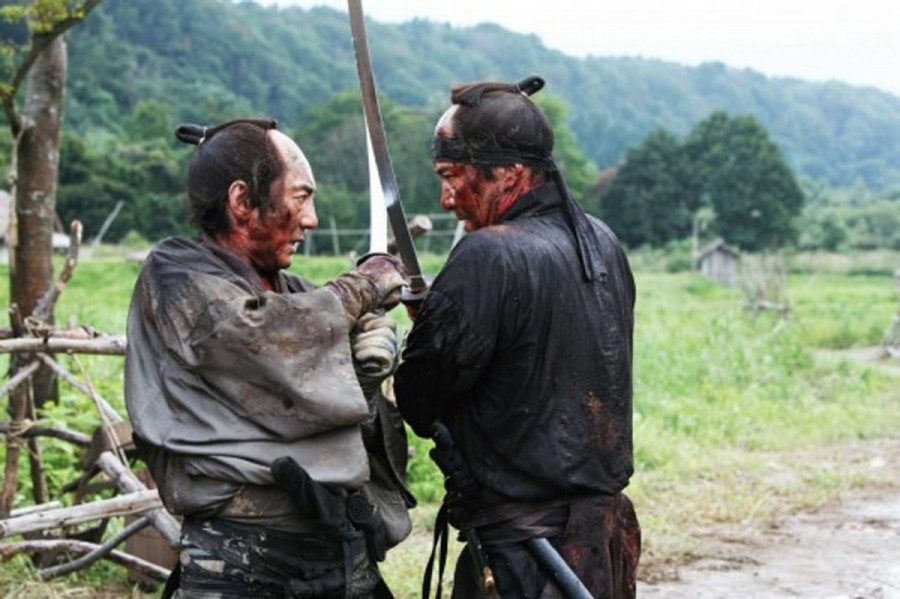
_600_832_s.png)
